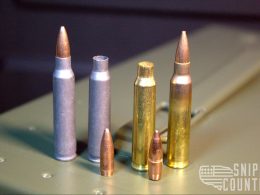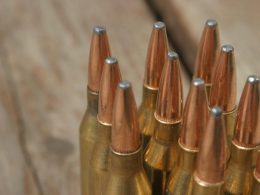The AR-15/M16 series rifle has matured into a remarkable system that has more accessories than any other weapon in the world. It has the right barrel twist and bullet making it very reliable and effective but unfortunately, the military spurned this with its’s 1:7 twist.
The owner of Mounting Solutions Plus, Ned Scheer, patented a new front sight, the Sightlink (part number FOS-070-MS1) that is proving to be a success. Based on fiber optic sights found on shotguns and rifles and shotguns, Scheer has gone out and manufactured a specific sight for the AR-15 that can adjust for elevation as well as adjusting so the sight of the blade aligns correctly. This is what qualified it for a patent.
Other fiber optic sights are restricted to 180-degree adjustments, which makes it unfeasible to set the front sight without readjusting the rear sight. So, can get close to a perfect zero, but then the rear sight needs to be manipulated until getting an actual Center Mass or Six O’clock hold.
With Match sights on the AR-15A2, it can be a petty nuisance, but on the A1 it’s a disaster. It is also a problem on AR-15A2 that has a standard rear sight because it does not have sufficient adjustability of the A2 Match sight.
Ned Scheer came up with a solution to produce a multi-position front sight with double the number of detents as the standard AR-15A2 with four clicks or the AR-15A1 with five clicks. Scheer’s new front sight has eight clicks offering an accurate adjustment. This was done by being able to rotate the blade of the sight to the desired position after dialing in the proper and exact elevation with the front sight, which is achievable without affecting the elevation. The detent is held in position but the sight blade is fixed in a way to allow a 360-degree rotation.
Having this distinctive rotation facilitates another unique attribute. When the elevation is set, the fiber optic dot has two options. There is the large diameter dot for low light or for rapid target acquisition and there’s the fine, smaller dot for an accurate in the prone position or for more lighted situations.
If you’re asking if the blade stays in position during rapid fire, the answer is yes it does. And it does so perfectly without moving.
Because the sight blade has a high resistance to rotation, it needs deliberate effort to rotate. The company Mounting Solutions Plus offers an adjustment tool with the sight kit, which is similar to the typical A1 or A2 front adjustment tool, but the Mounting Solutions Plus adjustment tool specifically works with the Sightlink’s double layer. While it can also work with the A2 front sight, its’ use should be reserved for the Sightlink.
There are also a few extras in the kit. Firstly, there’s a handy tool that works like a depressor and looks like a small diameter Allen key that has a rubber tip to depress the detent block and effortlessly turn the front sight. A frustrating issue with adjusting the front sight on an AR-15/M16 series is being able to depress the spring-loaded detent block into the sight’s base to rotate it. The military shows you how to do this with the tip of a projectile. That’s not exactly a perfect solution, so this added tool is highly effective.
As was mentioned, the other tool is a sight adjustment implement designed for the Sightlink, which is machined with a high-level finish and is very sturdy. Other devices included are 3 x 3.75-inch long fiber optic rods that are Green, red, and yellow. The sight already has a red fiber optic rod installed, and the other two are useful when wanting to experiment with different colors.
The blade of the sight is a quarter-inch long, so you have an additional 11-12 quarter-inch rods in each color. How to change out the rods is detailed in the booklet that comes with the kit, which is a glossy, full-color help guide.
The Mil-Spec width sight was reviewed on combat weapons and it has a .070 inch thickness and a .040 inch diameter fiber optic rod. There’s also a standard Match front sight that has a .060 inch width with a .030 inch dot. If you have a perfect 20/20 vision, the Ultra-Match is a good option and has a .050 inch blade thickness and a .020-inch fiber optic rod. It’s all comes down to choosing what is best for you.
Installing the Sightlink is easy. You just need to remove the original front sight and the standard detent block. Another accessory supplied by Mounting Solutions Plus is a replacement detent block specifically designed for the Sightlink, and you’ll use the factory detent spring.
Follow the instruction in the booklet provided and then you can head out to the shooting range. Define the rear sight for the selected zero range and fine-tune the front sight for elevation until you get the zero for elevation. It is really that easy.
When you tweak the front sight for every click while searching for the zero, you just need to realign the blade’s front sight blade with the rifle bore.
Every click of the bottom notch is five-eighths M.O.A., or five-eighths of an inch at 100 yards. The Mil-Spec is 1.25 MOA per click. The advantage is obvious.
The retail price is reasonable considering everything you get with the kit, which includes the fiber optic rods, adjustment tools, standard front sights, adjustable fiber optic sight, a detent wrench, and a replacement detent block. And of course, the palpable enhancement in sight acquisition.
Modern optical sights, iron sights on the AR-15 feel seem unnecessary and if anything, could just be a backup tool, and when you do need them, it’s mostly at the worst possible time and worst lighting conditions. Fiber optic technology presents a bright and easily obtained front sight and Mounting Solutions Plus provides a completely functional, multi-position front sight for precise adjustment and bullet placement.

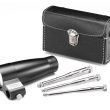
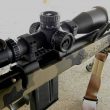

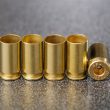
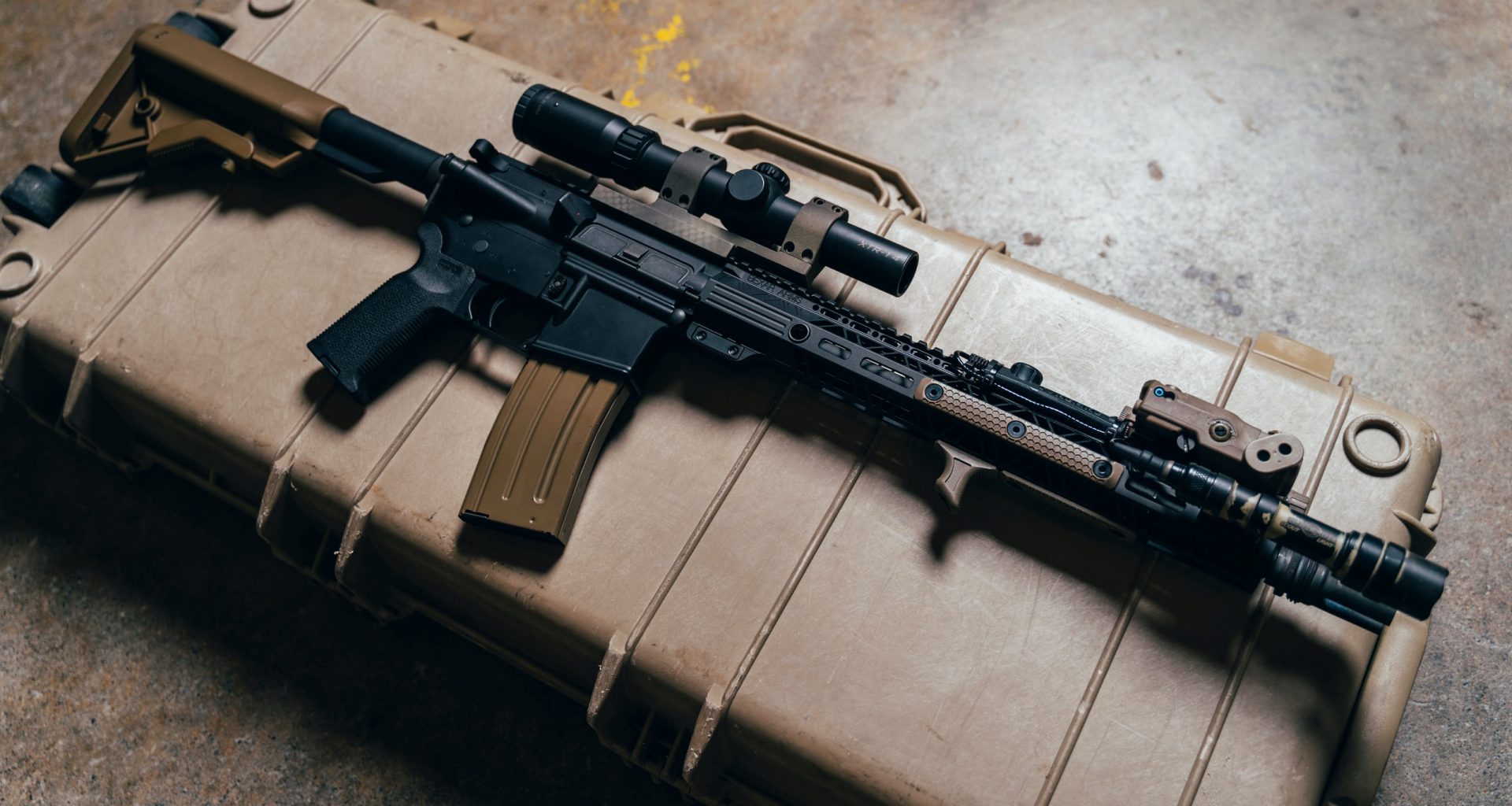

![Best M4 Carbine Scopes [2018]](https://www.snipercountry.com/wp-content/uploads/2018/06/Best-M4-Carbine-Scopes-2018-260x195.jpg)

